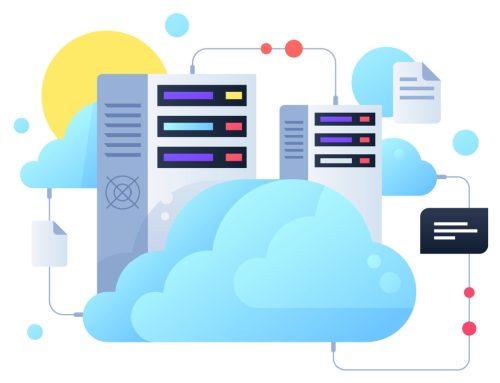An overwhelming number of organisations want built-in data protection with their hyper-converged infrastructure, and as more organisations use HCI to deploy production applications within the data centre, the requirement for a robust, built-in or pre-packaged data protection solution is growing. Solutions like DelL EMC Power Protect offer next generation Data Management platforms.
Such software defined data management platform can reduce management complexity and risk, automate aspects of recovery, backup and archiving, and free up valuable resources. But data protection and HCI is not clear cut. There are compatibility challenges, and the management and cost of security is an ongoing concern.
Here are some of the factors to consider:
Solutions
Of course, data protection needs are not monolithic. They vary wildly between organisations. Solutions include backup and recovery software, purpose-built backup appliances (PBBAs), replication, snapshots, and cloud computing. Which solution is best depends on the use case. But in every case, organisations are looking for agile and flexible solutions that work.
Legacy infrastructure
Legacy infrastructure can have its place in an IT environment, even alongside HCI, but it will often add unwanted complexity. Two parallel approaches to data protection often emerge as a result, which isn’t desirable. It’s better to have a single solution that works across heterogeneous platforms.
Early integration
Significant cost and operational benefits can be found in including data protection early on in a HCI rollout. Better application availability and a much lower complexity in the architecture of both data protection and HCI solutions are key benefits.
Compatibility
HCI compatibility with existing protection solutions is important for a lot of organisations. HCI vendors have varying degrees of integration. Some integrate deeply with existing solutions; while some do not integrate at all. Some only involve certification. Native integrations of HCI can yield operational and business benefits, such as faster time to deployment and time to value.
Standardisation
Organisations can struggle with protection where policies misalign across IT. Standardising protection across the IT environment is possible with HCI, but only with the right solutions. The adoption of security standards is an important part of HCI and data protection. The right solution can standardise protection across the environment, and in turn, reduce management complexity and risk. Ultimately, a solution that is purpose built and integrated with HCI is always best.
DSI are holding an roundtable event on Thursday 13th February where we will look at how to modernise data protection from edge to core to cloud, discover global-scale data management solutions, and discuss cyber resilience and more. To learn more and register





